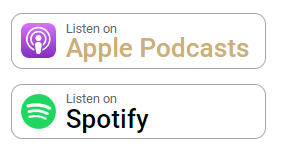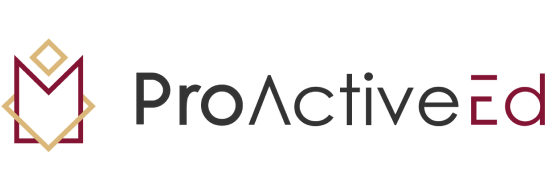
Assessment Literacy
What is Assessment Literacy and How Does It Change the Way We Teach?
Most schools have already closed for the school year, but others are just finishing up the heavy testing season. The fear and stress associated with testing are almost over for this school year. Other schools, however, are getting assessment scores and either questioning what went wrong or celebrating the success of their students. Either way, we have to wonder, how can we avoid the panic that so many students and teachers experience around this time? Assessment literacy eliminates this fear.
Assessments can be administered in various ways to evaluate and record student academic success, readiness, and skill acquisition. When done well, assessments can reveal a lot about teachers and students. Assessment literacy enables teachers to create, evaluate and use assessments effectively. Teachers would benefit from learning all they can about assessment literacy.
Often, the assessments teachers use come from their school district, their curriculum, or an outside source. Most teachers take for granted that assessments are vetted at a higher level, are aligned with state standards, are fair, well-written, and free of bias. The reality however is that every teacher should be able to evaluate the validity of the assessments they administer, create assessments from scratch and use them effectively-this is assessment literacy.
Good Quality Assessments
Valid assessment questions address content at the level of the standards’ complexity or rigor. When educators deconstruct standards and have a very clear understanding of the depth of knowledge to which they must teach content, then they can create assessments that match that same level of rigor. Additionally, teachers can ascertain the level of rigor at which curriculum assessments are created. So if we teach students simply to identify characters, then an assessment should ask students to identify the characters of a text. However, if the standard calls for students to compare and contrast the characteristics of the protagonist and antagonist, then the assessment should do the same.
Furthermore, assessments should not be full of trick questions, or biases. For example, students in an inner-city elementary school located in a landlocked state will have little experience with yachts. So asking students to identify the yacht in a picture of different boats would be highly biased. Unless the content directly addresses the differences in boats, this question is inappropriate.
This is why before creating assessments, we study standards and create success criteria. Success criteria are meant for teachers and students to have a clear understanding of what success looks like. It is vital that students know what they are working toward and for teachers, that means they observe students while they learn and practice. We empower students when we stand as guides on the journey, not officers waiting for them to fail.
Successful educators prepare themselves and their students for success by creating learning environments and lessons that effectively address the standards and students’ needs. They make adjustments and modifications to match their students’ strengths and weaknesses, they provide safe spaces for students to learn and practice, and when their students are ready, they administer assessments knowing that students will succeed.
When teachers approach assessments this way, fear is eliminated. First, based on their observations, teachers know their students are ready, and second, based on their teachers’ feedback, students know that they have what it takes to succeed.
Assessment Literacy Changes How We Teach
Let’s think about how this changes instruction. Think about your classroom as a training arena. In it, you will prepare students for life, not for a standardized test. The standardized test that is required for students to move to the next grade level is not “the ceiling”. Passing is not the highest achievement that students attain. All students are supposed to pass standardized tests, that is, students who make low grades and those who make high grades. If you teach to the test, you are aiming for the lowest level of instruction. Instruction, then, is the ceiling we should aim for.
Let’s go back to the training arena analogy. When we are training for a race, we do not run the distance of the race once. Runners actually push themselves to go beyond thereby guaranteeing success because they have built strength and stamina. In this same way, teachers must teach the standard and expose students to higher levels of understanding and skill. Listen to A.T. Nelson go into detail describing these facts on Developing Assessment Literacy on the ProActiveEd website.
Educating your students is a vocation we know you don’t take lightly, that is why we make ourselves available to educators like you. Come back to this blog every few weeks and learn more about DDIC. Listen to the podcast. You can connect with us (Regina and Stacy) at rmisra@proactiveed.net and sowens@proactiveed.net. Ask your questions or just let us know what you think.
ProActive Ed is bringing nuggets of wisdom for teachers and administrators to implement systems that support teaching and learning for the benefit of students across the planet.
*Click here to order your copy of ProActive Schools: A Practical Guide for Data-Driven Instructional Cycles.
*For more information on how and why to study standards, tune into PDinaPOD on


Contributed by Regina M. Argueta-Misra, Educational Consultant for ProActive Ed.

